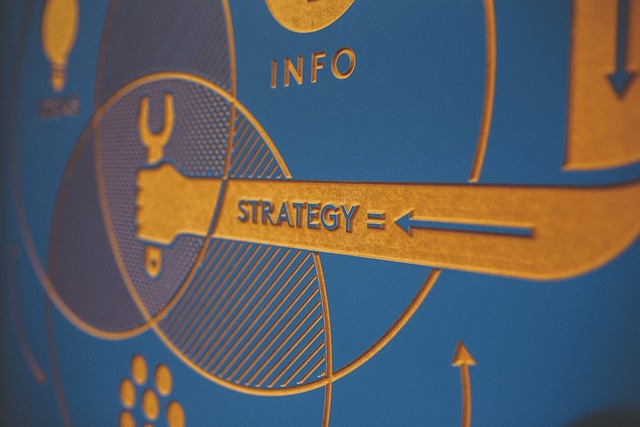How to Use AI to Improve Business Forecasting Accuracy? In today’s rapidly changing business environment, accurate forecasting is crucial for organizations looking to stay competitive. Businesses face various challenges when it comes to predicting future trends, customer demand, and overall performance. Fortunately, advancements in artificial intelligence (AI) have revolutionized the way companies approach forecasting. By leveraging AI-driven models and predictive analytics, businesses can significantly improve their forecasting accuracy, leading to better decision-making and resource allocation.
Benefits of AI-Driven Forecasting Models
AI-driven forecasting models utilize vast amounts of data to identify patterns and trends that traditional methods might overlook. These models can analyze historical data, market trends, and even external factors like economic conditions and consumer behavior. By processing this information quickly and efficiently, AI can generate more precise forecasts.
One of the key benefits of AI in forecasting is its ability to adapt to new data in real-time. Traditional models often require manual updates, which can lead to inaccuracies. In contrast, AI algorithms continuously learn from new information, allowing them to refine predictions and respond to changing market conditions swiftly. This adaptability is essential in industries where consumer preferences can shift rapidly.
Furthermore, AI can improve forecasting in various sectors, including finance, retail, and supply chain management. In finance, for instance, AI can analyze spending patterns and market fluctuations to forecast revenue more accurately. Retailers can leverage AI to predict product demand based on seasonality and trends, optimizing inventory levels and reducing costs. Overall, AI-driven forecasting models offer a significant advantage over traditional methods.
The Role of Predictive Analytics in Business
Predictive analytics plays a crucial role in enhancing business forecasting accuracy. By utilizing machine learning techniques, organizations can uncover insights from historical data, enabling them to anticipate future outcomes more effectively. Predictive analytics combines statistical algorithms and machine learning to analyze data patterns, making it an invaluable tool for businesses.
One of the primary applications of predictive analytics is demand forecasting. Companies can analyze past sales data, customer behavior, and external factors to predict future demand for their products or services. This insight allows businesses to optimize their production schedules, manage inventory levels efficiently, and minimize stockouts or overstock situations.
Moreover, predictive analytics can be applied to sales forecasting, enabling companies to identify potential sales opportunities and target specific customer segments. By understanding buying patterns and preferences, businesses can tailor their marketing strategies and improve customer engagement. This approach not only enhances forecasting accuracy but also drives revenue growth.
Enhancing Sales Forecast Accuracy with AI
Sales forecasting is a critical aspect of business planning, and AI can significantly enhance its accuracy. By analyzing historical sales data and incorporating various factors such as seasonality, marketing campaigns, and economic indicators, AI algorithms can generate more reliable sales forecasts.
One of the key advantages of using AI for sales forecasting is its ability to identify hidden patterns in data. Traditional forecasting methods may rely on simplistic assumptions, leading to inaccuracies. In contrast, AI models can analyze complex relationships within the data, providing a more nuanced understanding of sales trends.
Furthermore, AI can continuously monitor real-time sales data and adjust forecasts accordingly. This dynamic approach ensures that businesses remain agile and responsive to changes in the market. For example, if a marketing campaign unexpectedly drives a surge in sales, AI can quickly incorporate this data into the forecasting model, allowing businesses to adjust their strategies and resources accordingly.
Conclusion
In conclusion, leveraging AI to improve business forecasting accuracy is a game-changer for organizations across various industries. By utilizing AI-driven forecasting models and predictive analytics, businesses can make data-driven decisions that enhance their overall performance. The ability to adapt to changing market conditions, uncover hidden patterns, and optimize resource allocation positions companies for success in an increasingly competitive landscape. As AI technology continues to advance, the potential for more accurate and reliable forecasting will only grow, enabling businesses to thrive in the future






